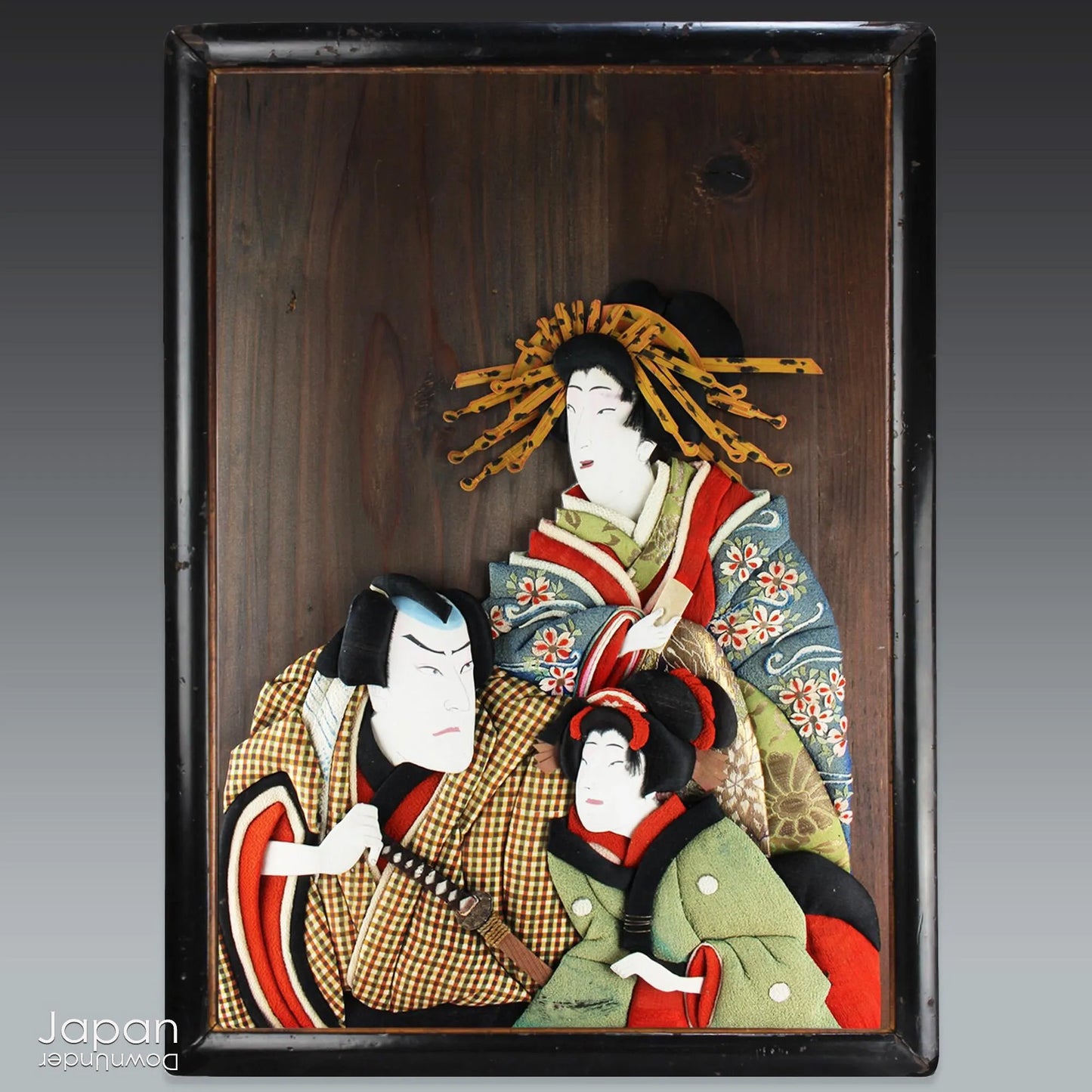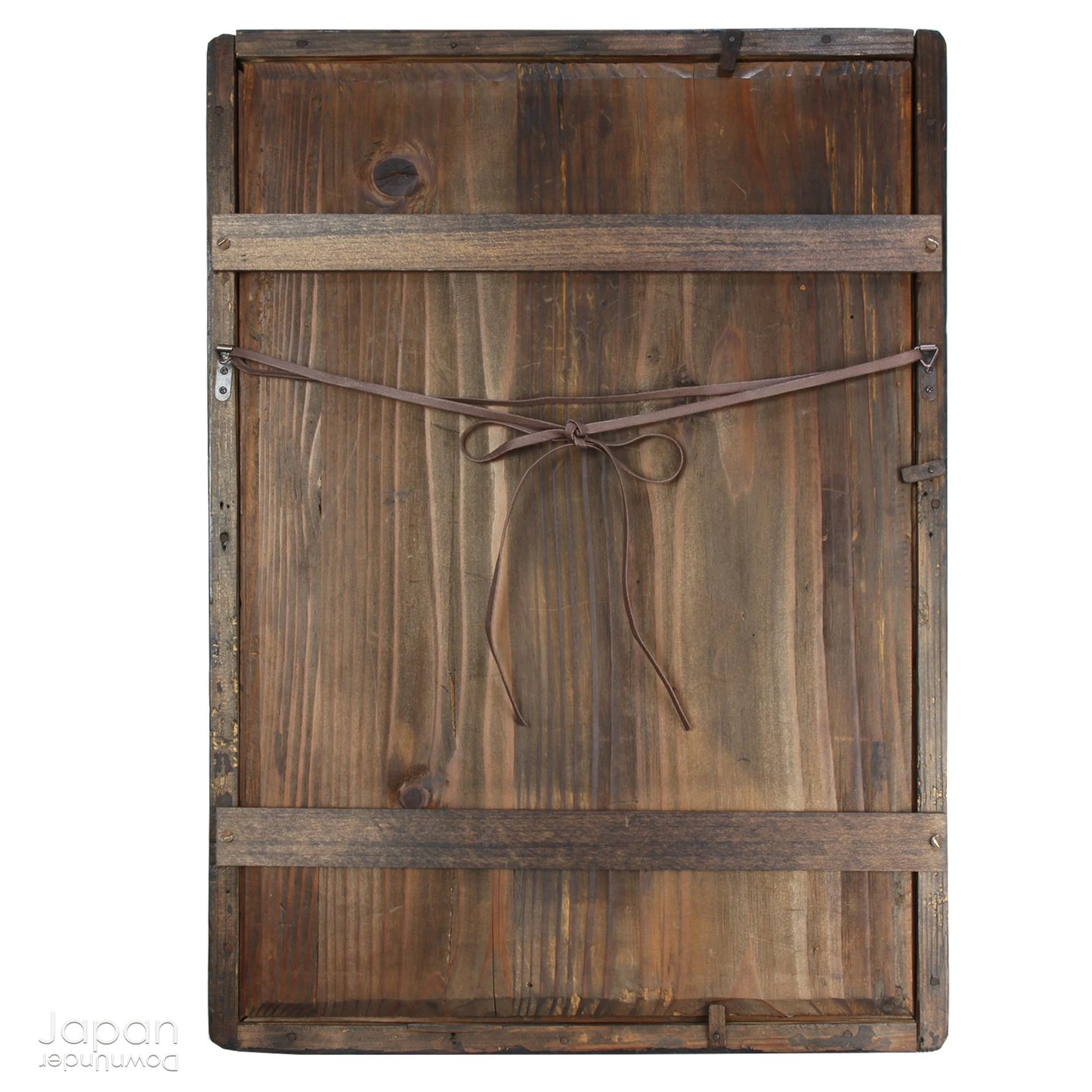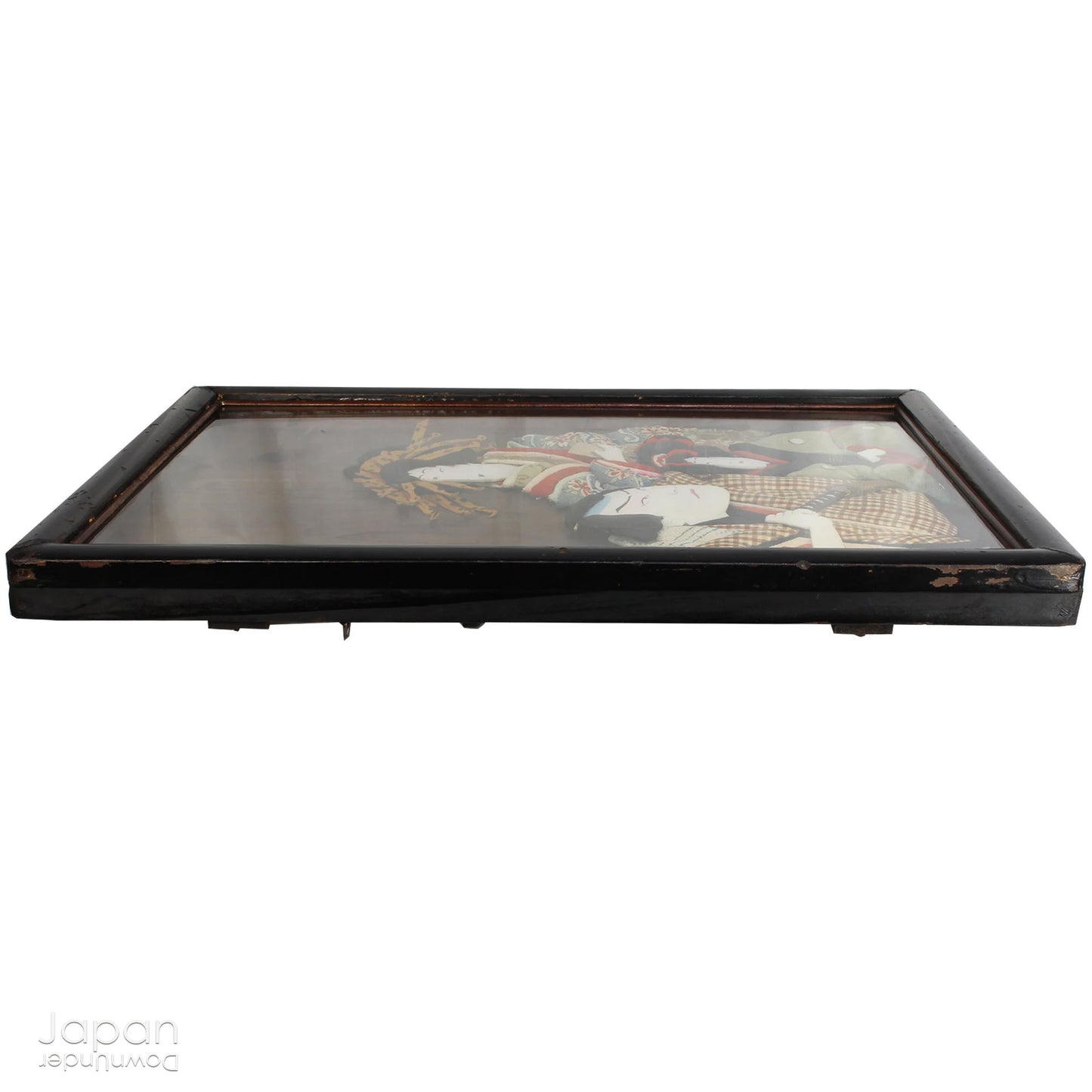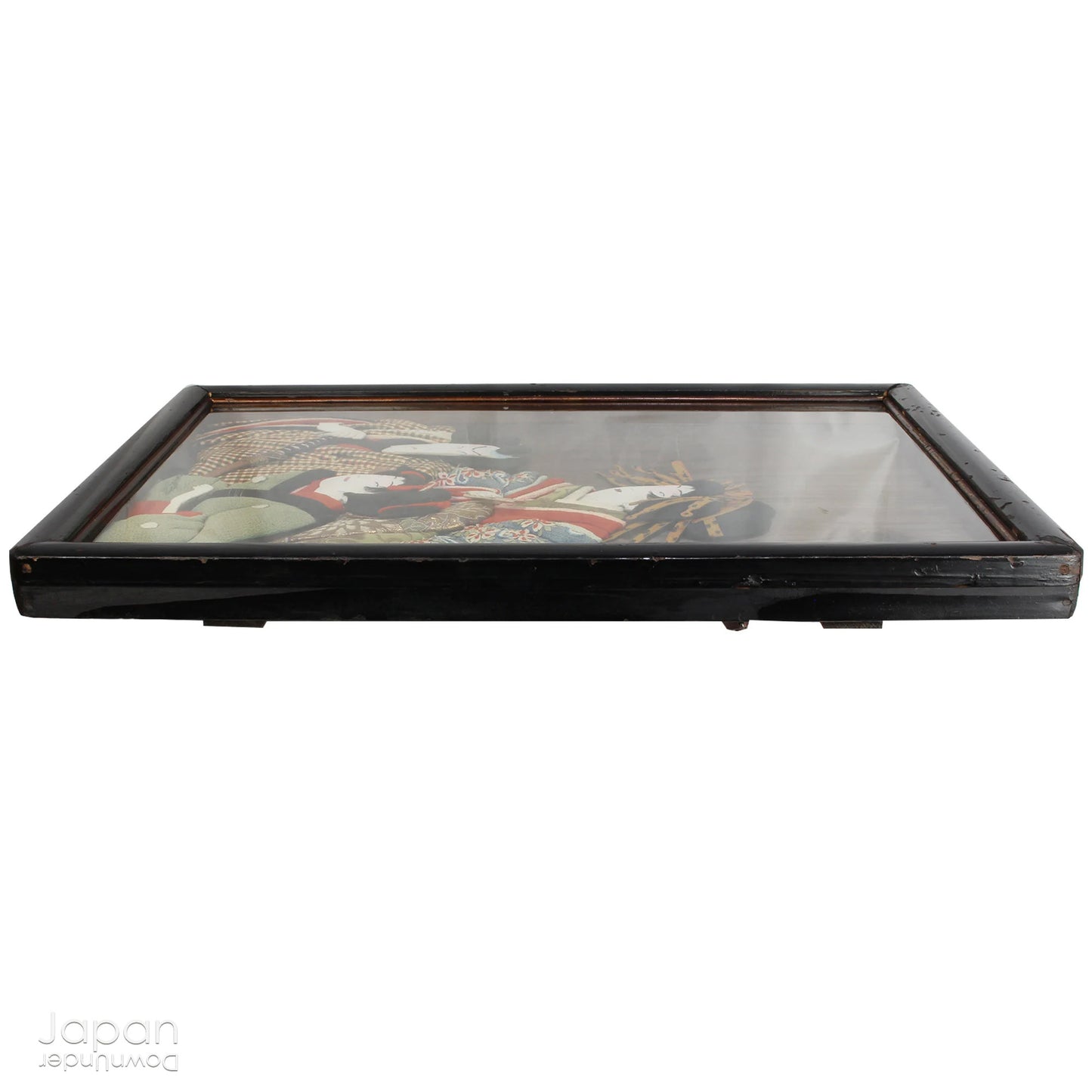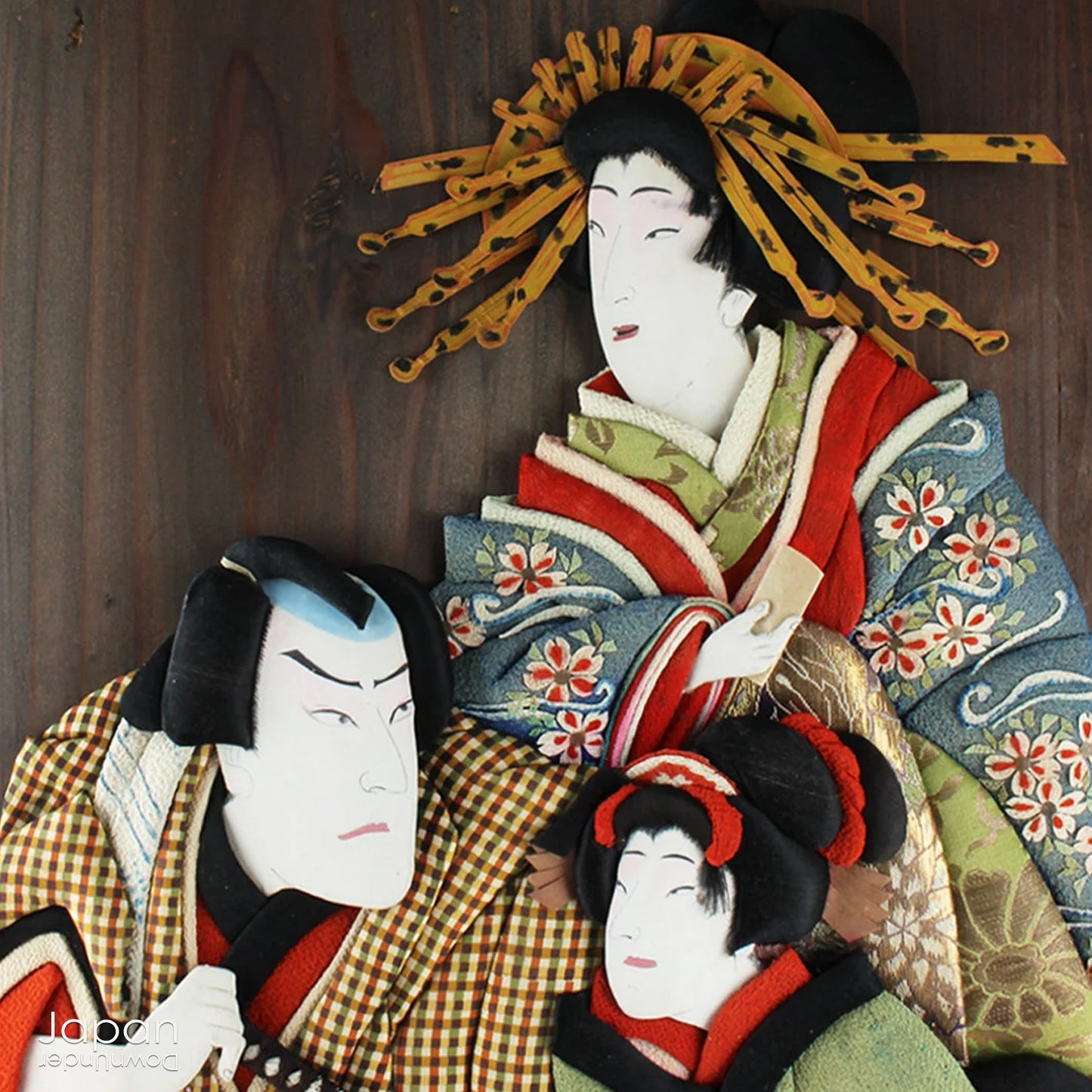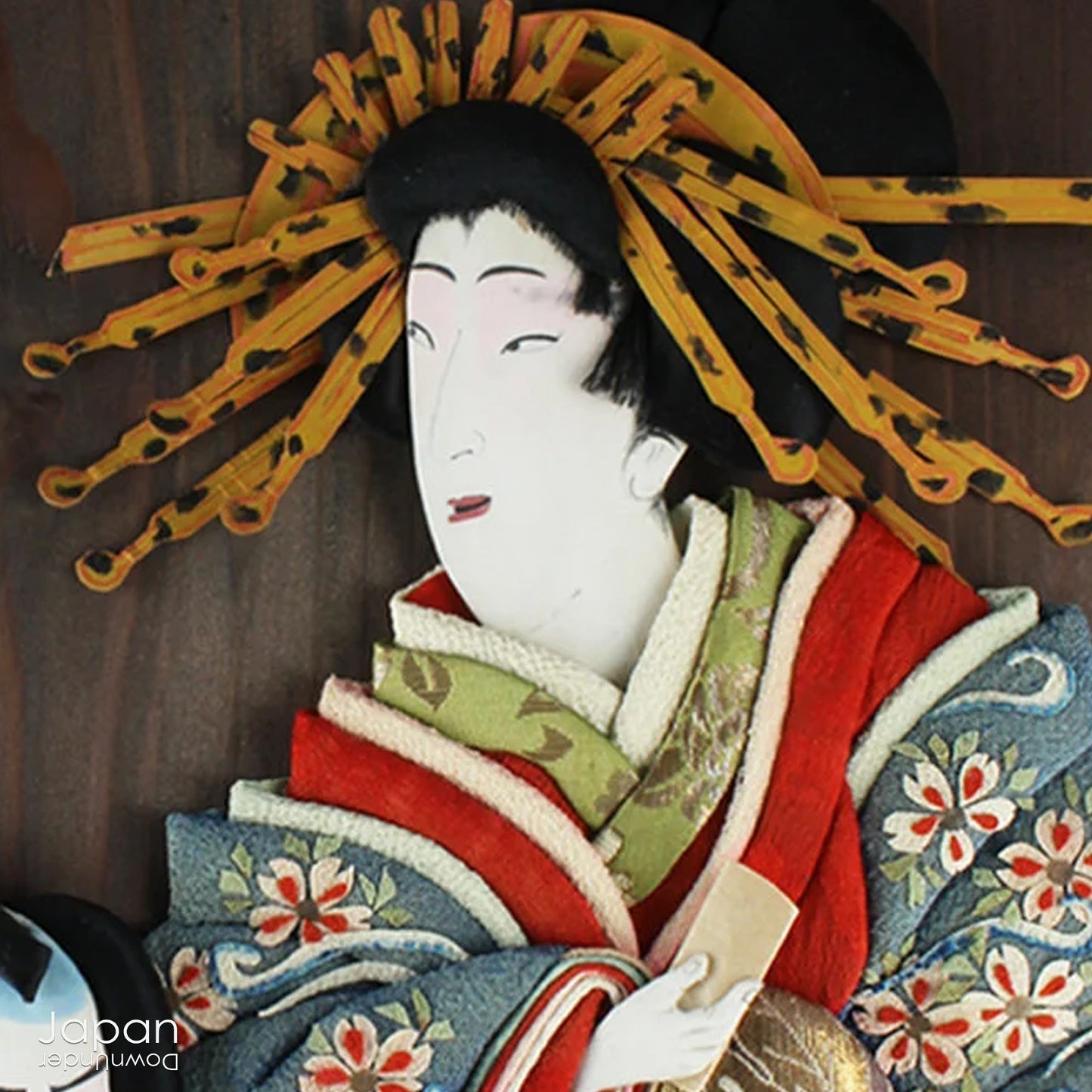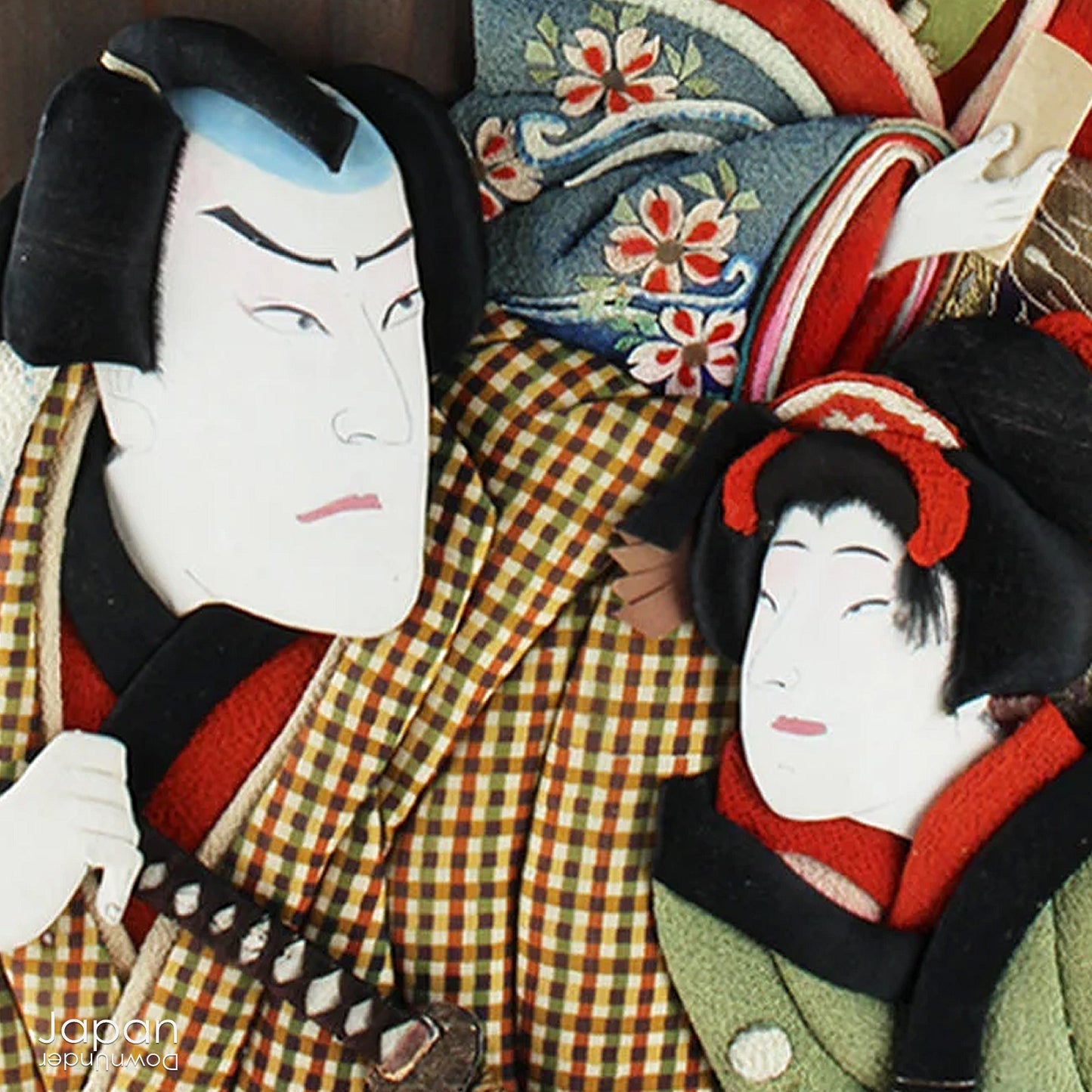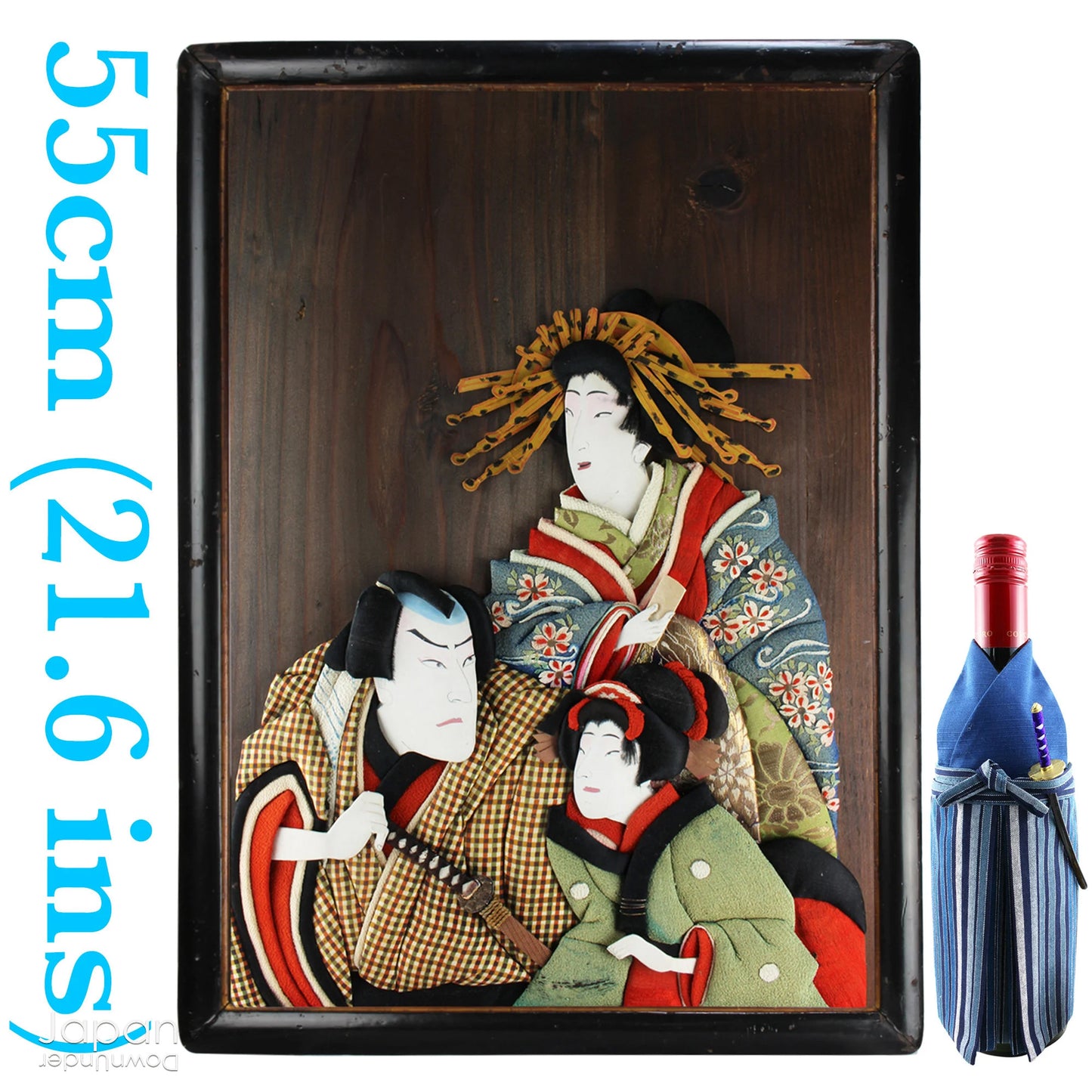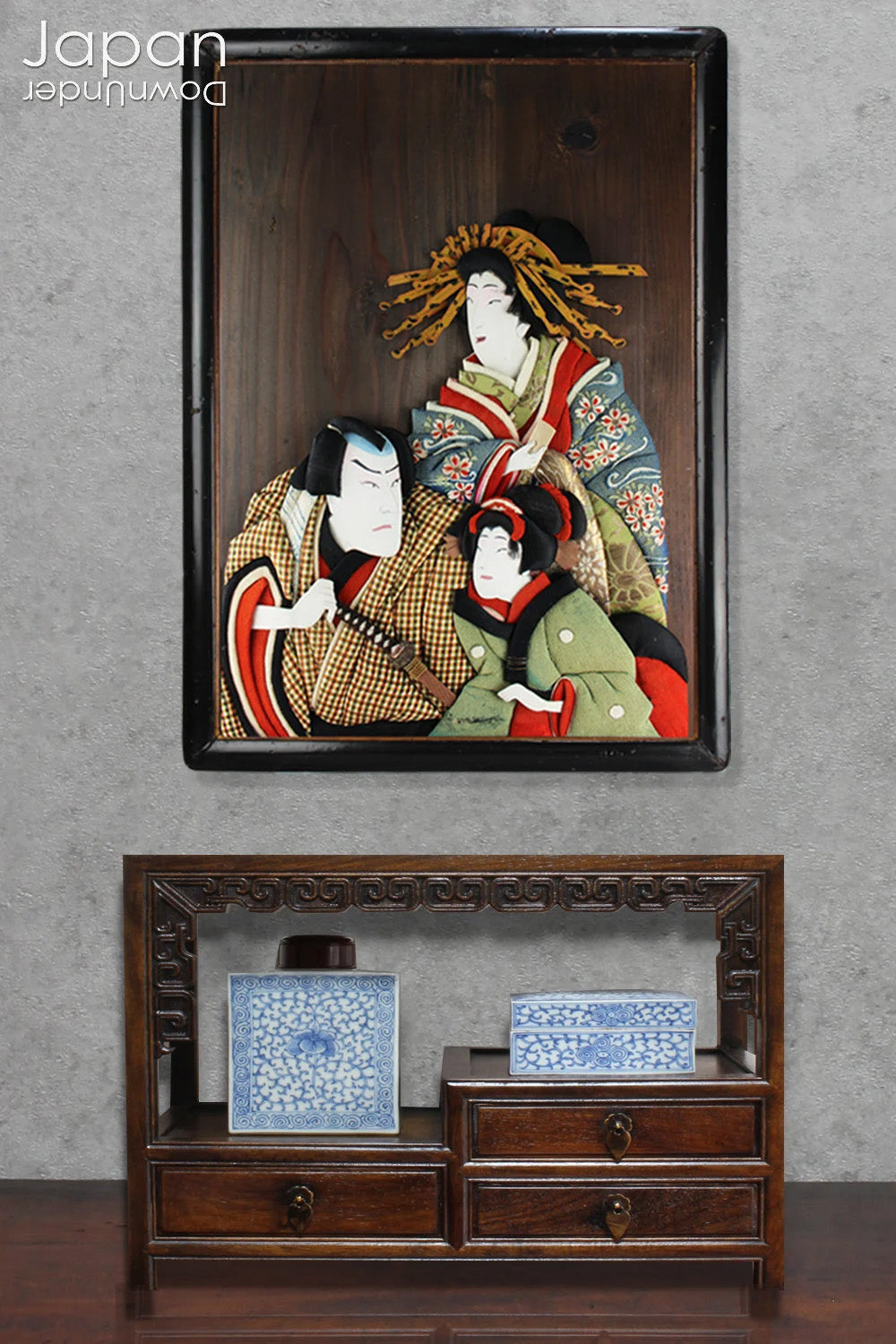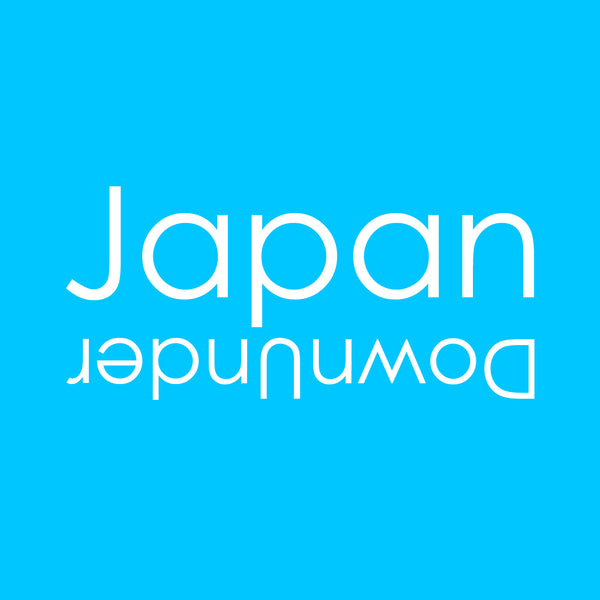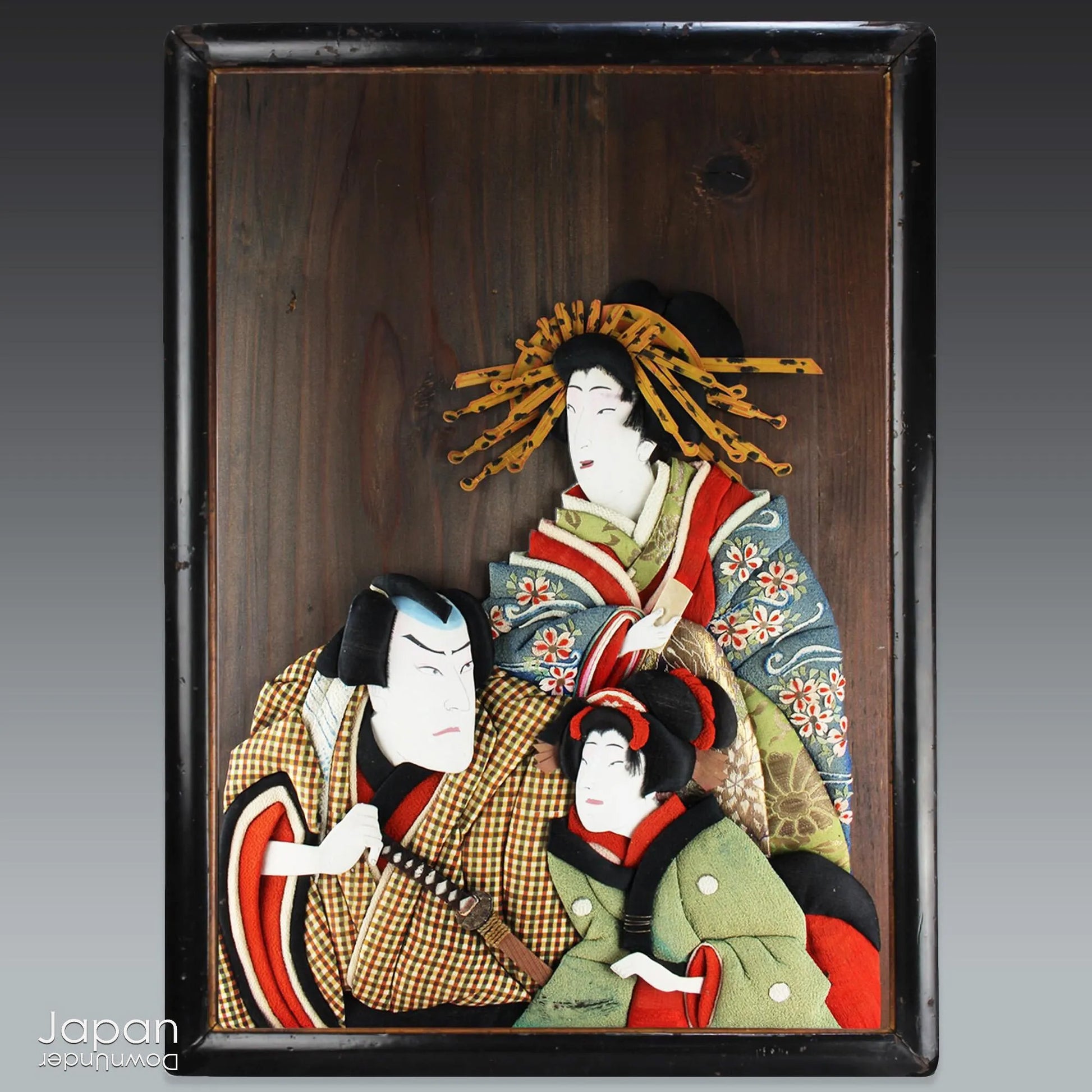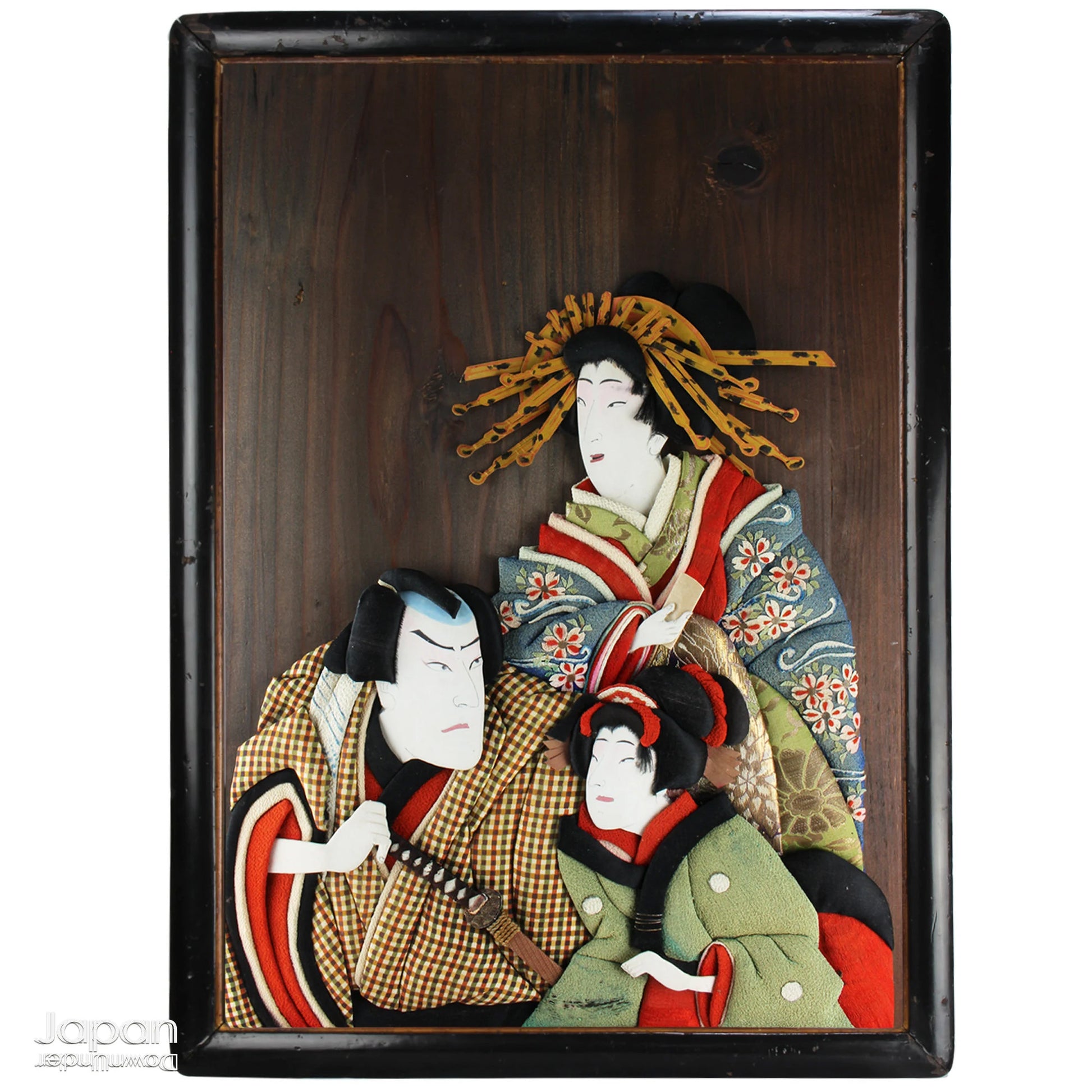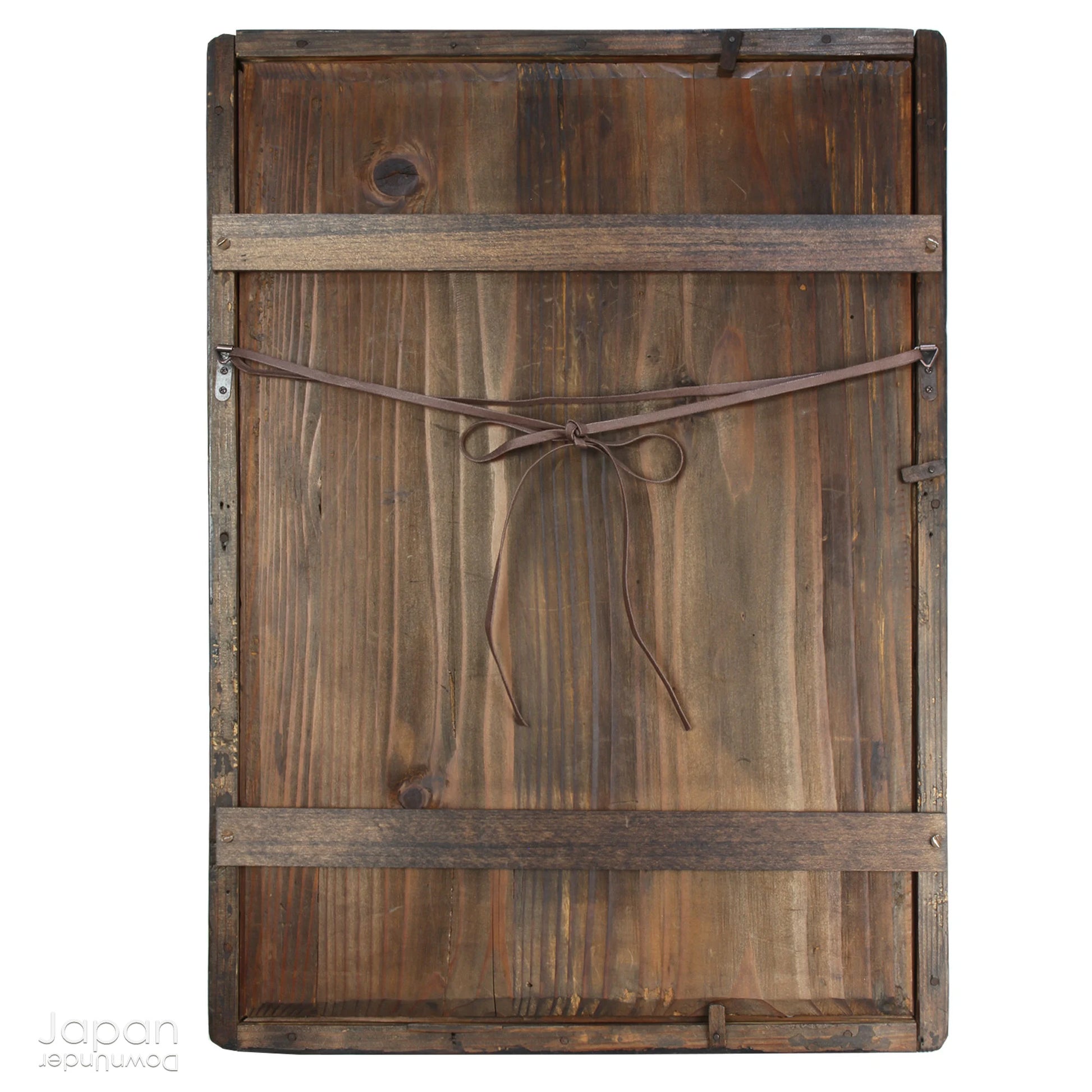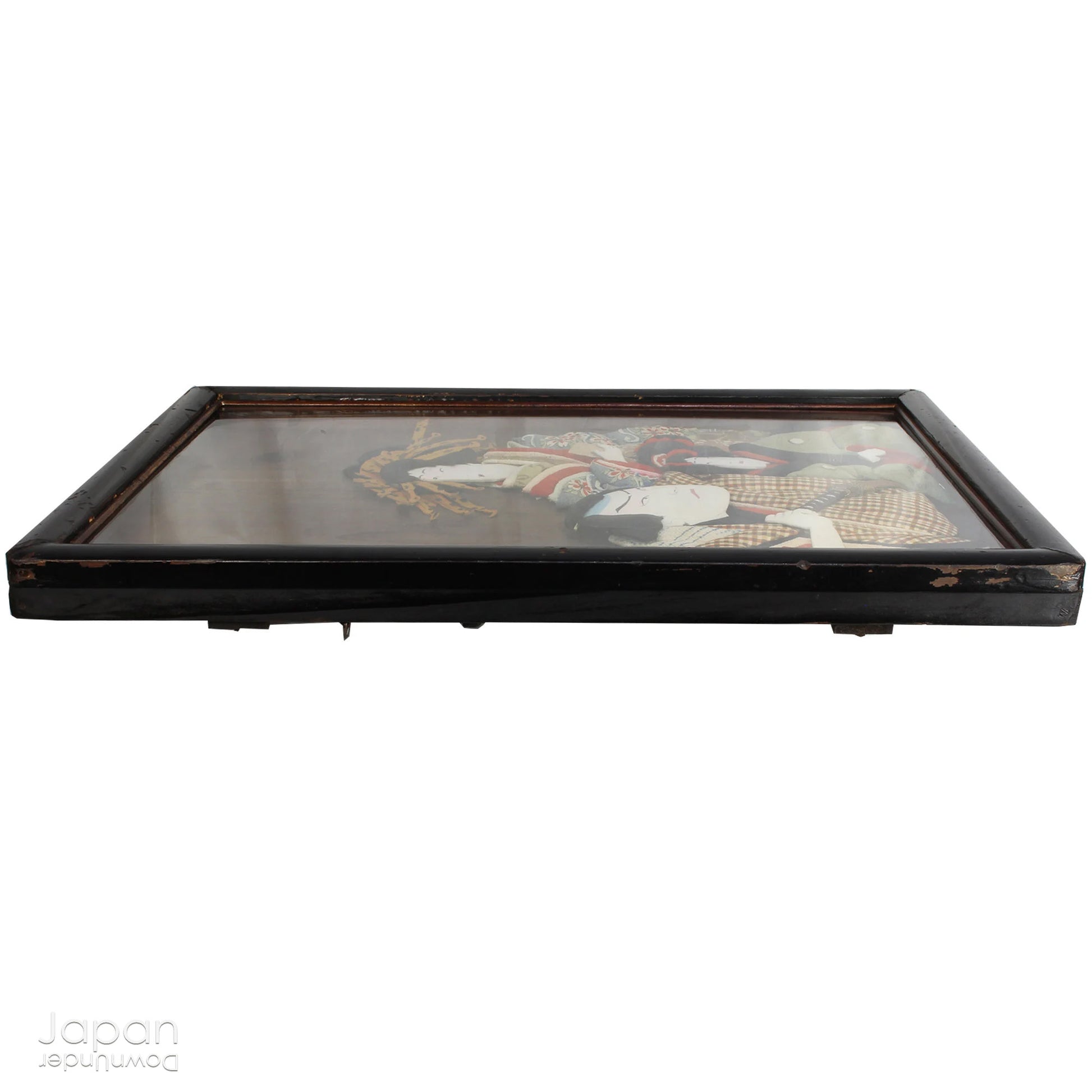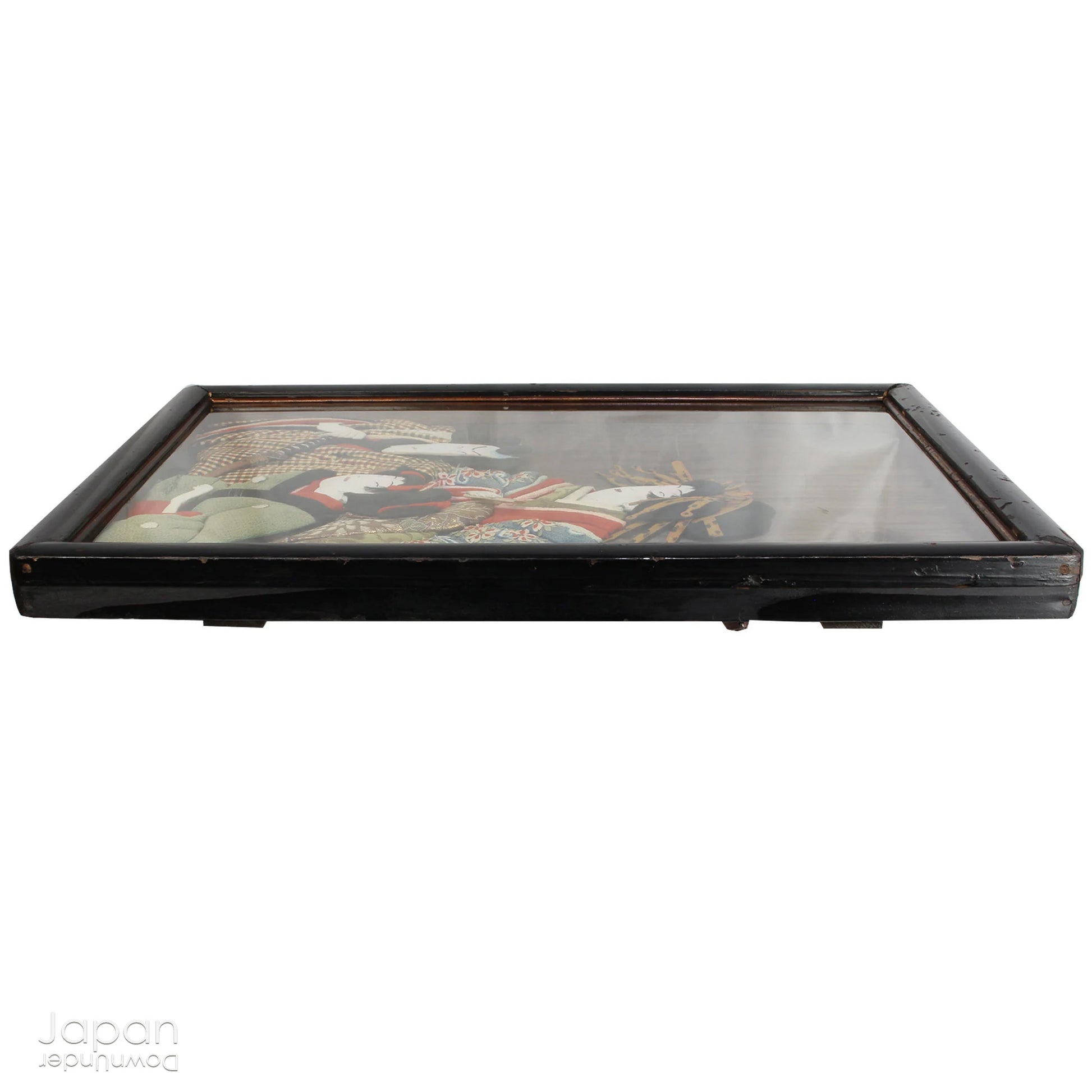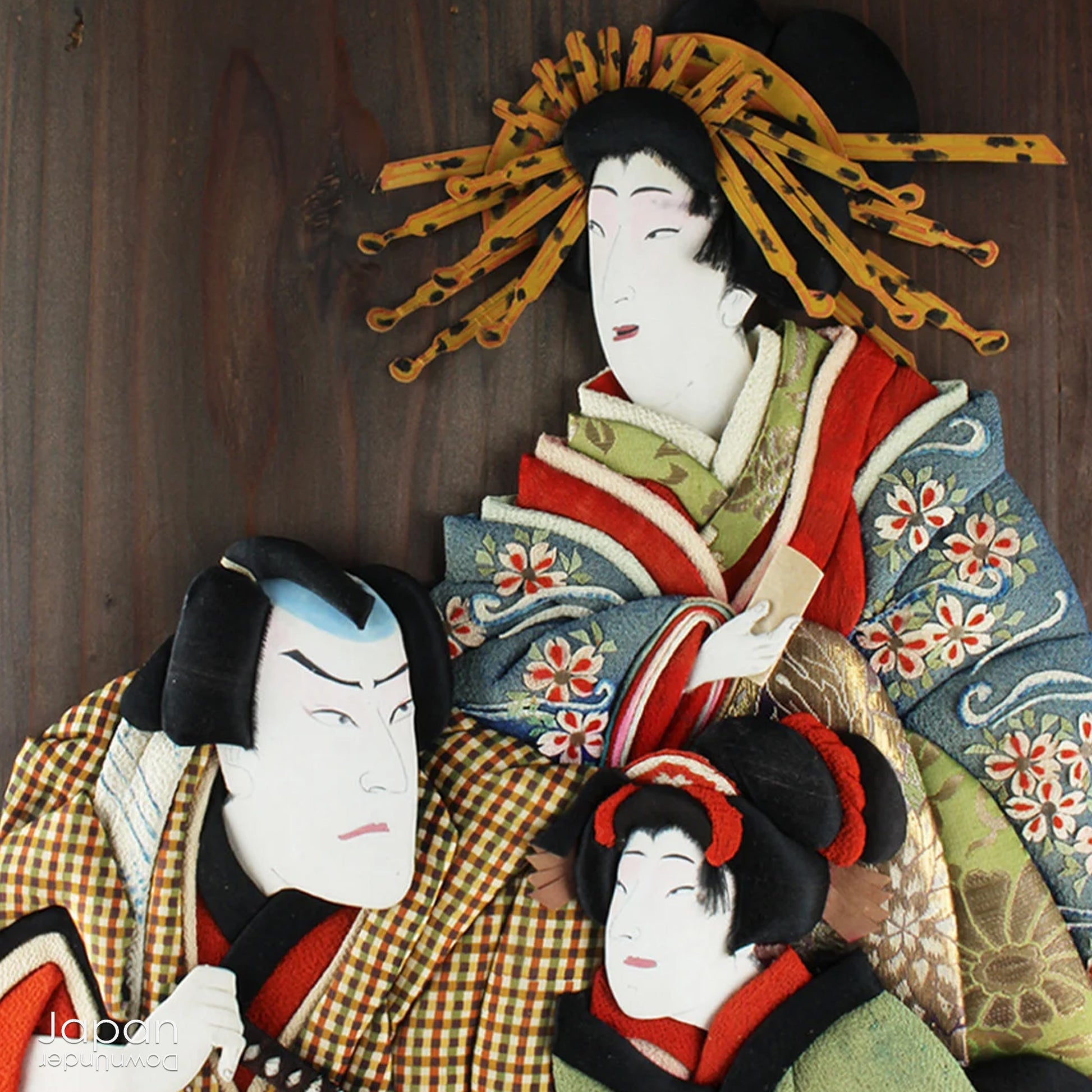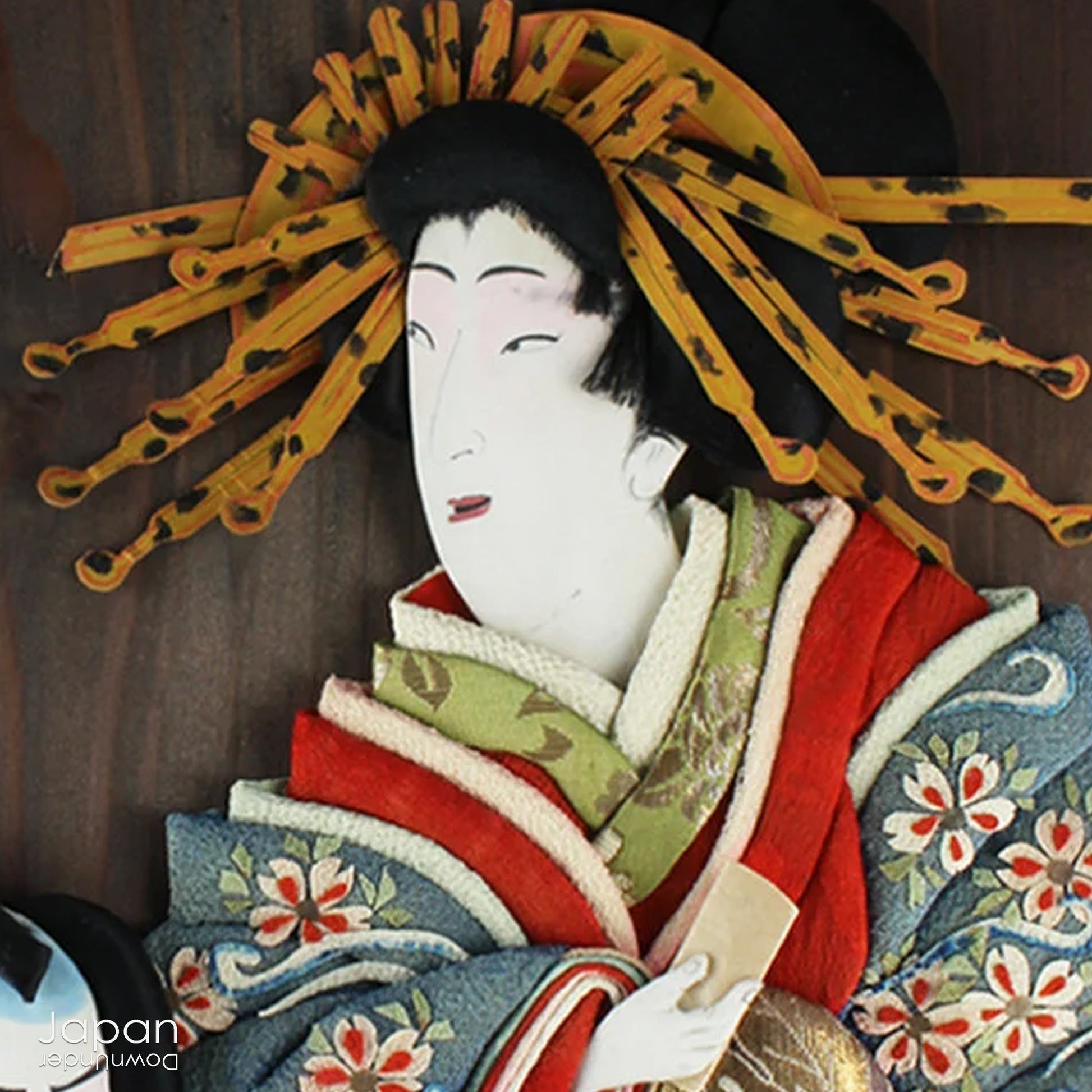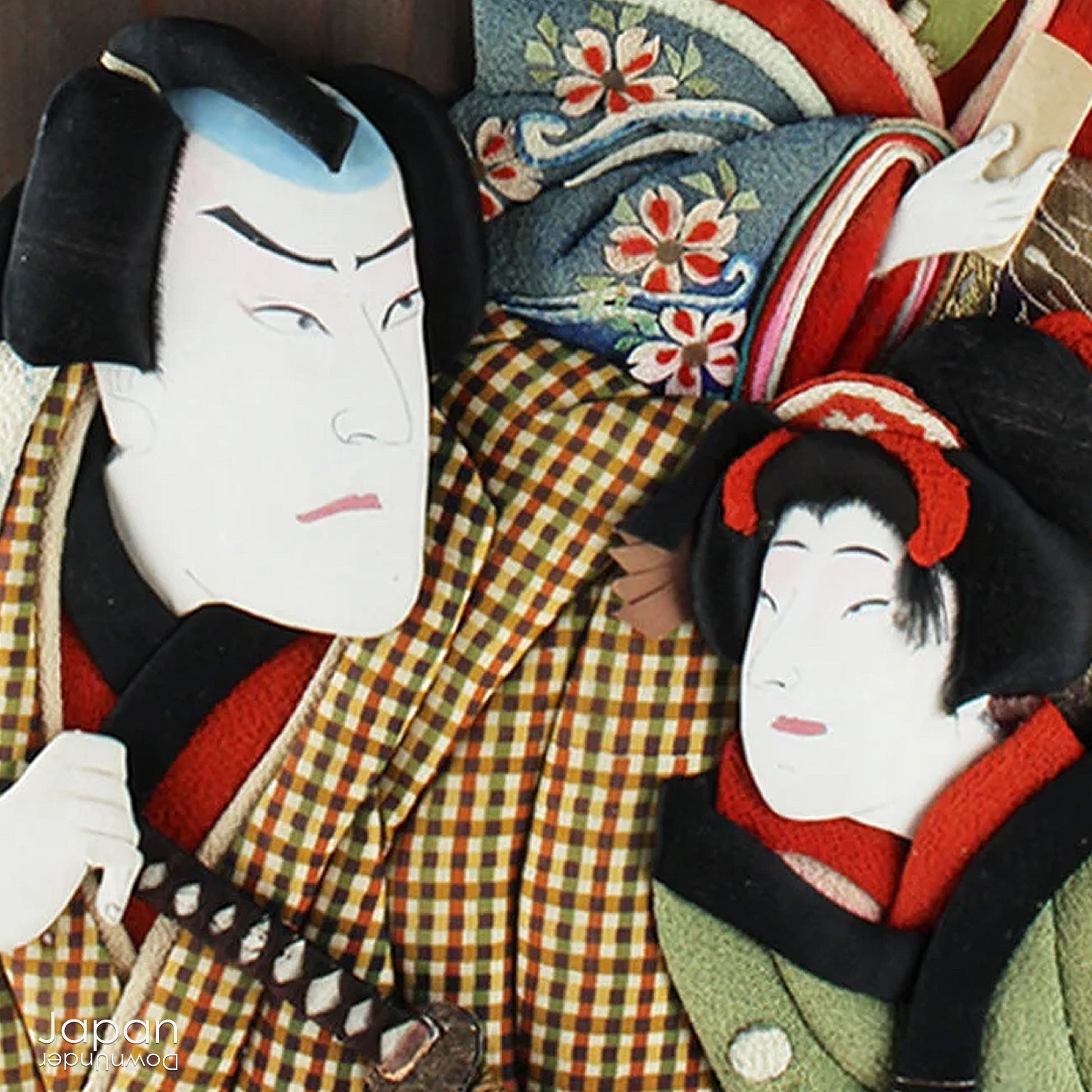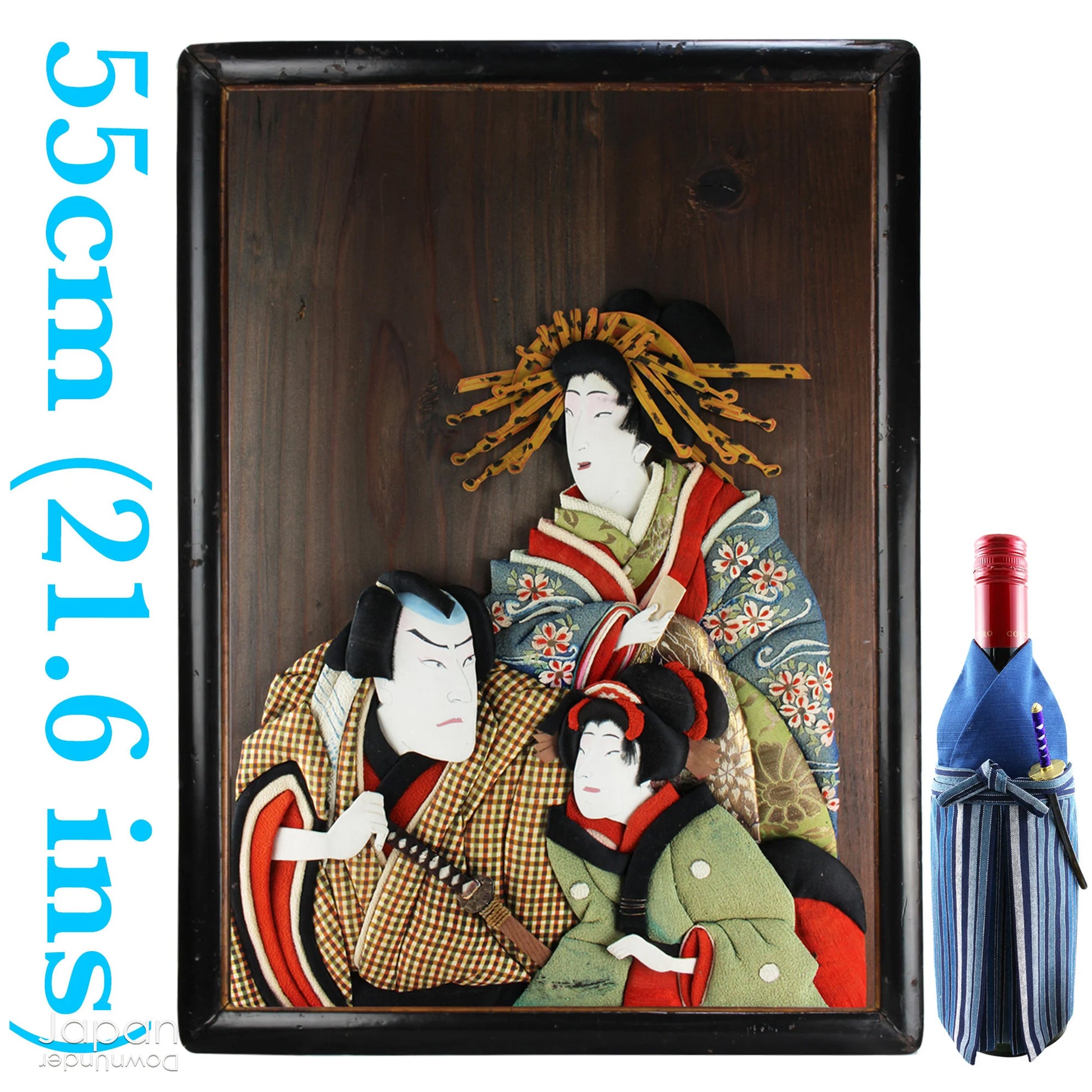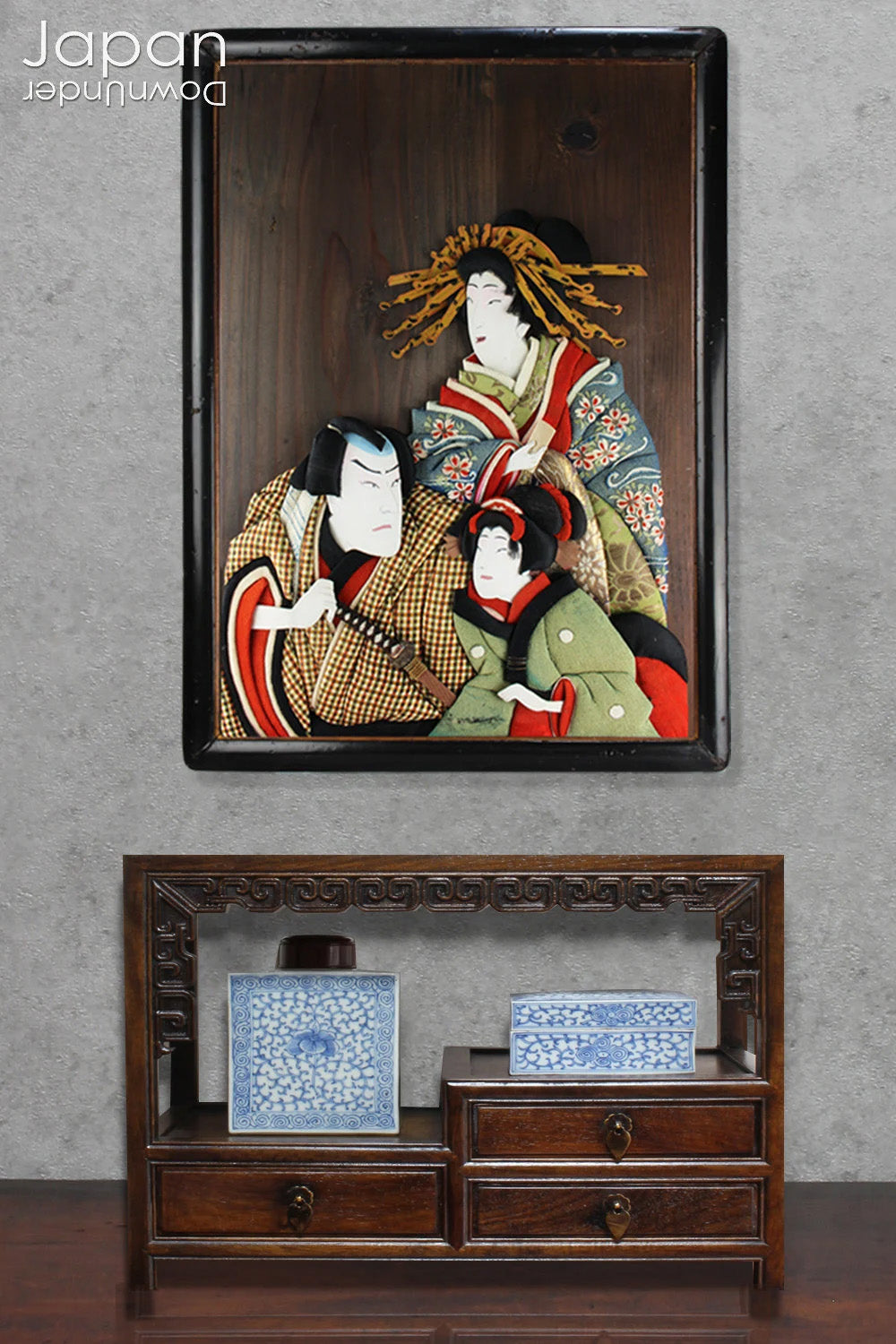JapanDownUnder
antique traditional japanese fabric art - framed kabuki players
antique traditional japanese fabric art - framed kabuki players
Couldn't load pickup availability
Love Japanese Style Like We Do
Infuse your home with the rich history and exquisite craftsmanship of this framed antique traditional Japanese Oshie fabric art. Featuring intricate, three-dimensional depictions of Kabuki players, this piece is a true masterpiece that will captivate and become a striking focal point in any room.
Oshie is a type of ornamental picture textile art where pieces of fabric are wrapped around small padded cardboard cut-outs and pieced together to form a three dimensional scene. Dating back to the Muromachi period (1392-1573) it started among the elite aristocratic women in Kyoto and gradually spread throughout Japanese society. During the Edo and Meiji periods oshie pictures were used as offerings at temple altars and in the late 19th century, oshie was exported to the West along with other embroidery textile art, enchanting collectors and art lovers worldwide.
This large and impressive piece portrays Kabuki actors in vivid detail, made by skilled Oshie-hagoita craftsmen as a souvenir for Kabuki enthusiasts. The intricacy of the design is breathtaking. Many small shapes, wrapped in silk kimono fabric, make up the intricate, collage design. Even the pattern on the blue kimono has been created with cut-outs of fabric, rather than using a printed material. The players hair is made of fine silk threads, wound around boards and the whole picture is mounted in various spots so that the players appear to pop out at the viewer. The actors’ faces are covered in gofun powder and the facial features have been finely painted using the same brush and paints that Nihonga (Japanese-style paintings) artists use.
Despite its age, this antique picture has preserved its charm. The black lacquer frame does show some signs of wear, with minor chips and knocks that only add to its vintage character. The fabric itself is in good condition, with just a small area at the bottom of the green kimono showing slight age damage. Nevertheless, this beautiful piece still stands as an exceptional Japanese interior accent, perfect for collectors and those who appreciate rare, historical art.
Whether you're a seasoned art collector or simply looking to add an air of refined Japanese elegance to your home, this antique Oshie fabric art offers both historical significance and timeless beauty.
- measures 55 cm (21.6”) x 40 cm (15.7”) x 4.5 cm (1.8”) deep.
- weighs 2,300 gm (5 lbs).
(listing for oshie framed picture only)
SHIPPING INFORMATION
- please read our shipping notes in shipping policy.
- we use recycle packaging wherever possible and wrap for safety, rather than appearance!
ABOUT OUR VINTAGE, ANTIQUE AND OTHER ITEMS
We list pieces we feel are worthy of display. There may be scratches, dents, fading and signs of wear and tear. We try to explain the condition of each item exactly, but may miss something.
Information regarding the item and it’s age is obtained from dealers and our personal research. We do our best to give you the correct information but please be aware that we cannot guarantee this information.
Please message us prior to purchase with any questions you may have about our products.
OSHIE
Traditional oshie was made using silk wadding to create a 3D relief design. Pieces of silk fabric, often recycled from old kimono, were used to create the desired effects. Much detail was focused on elaborate wear, head accessories, faces, and plants in the setting. Making oshie was a time-consuming process and in the Meiji period it was considered as a feminine accomplishment along with ikebana, embroidery and tea ceremony.
To make oshie pictures many small pattern pieces are cut from a thick piece of paper. Then, the thick piece of paper is bulked up with silk wadding and wrapped in silk fabric. Each padded pattern piece is covered at the back with Japanese paper. The separate parts are then glued together to make the final 3D picture.
The faces of characters featured in oshie pictures are created after the surface has been smoothed by the application of successive layers of gofun (crushed seashell powder). A fine-tipped brush is then used to create the facial features.
HAGOITA
Hagoita are wooden rectangular paddles used to a play a traditional Japanese game called ‘hanetsuki’ during New Year. The paddles are decorated with various images such as girls in kimono and kabuki actors. Japanese people think playing hanetsuki drives away evil spirits as the movement of hagoita is similar to the ’harau action’ a Japanese priest uses in a prayer to drive away evil. The shuttlecocks used in hanetsuki also represent dragonflies. Dragonflies eat disease-carrying mosquitoes so in the past hanetsuki was a game to pray for sound health and the extermination of plagues.
Hagoita were introduced into Japan during the Muromachi period (1336-1573) from China. In the Edo period (1603-1868), oshie-hagoita were designed with images of elegantly made-up kabuki actors. Oshie-hagoita were made using washi or cloth, cut out in the shape of flowers and people. The cut out parts were stuffed with cotton to give them a three-dimensional appearance and pasted onto the paddle. Over time, hagoita were not only used as game equipment but also as popular collectibles.
Now hagoita are popular decorations, souvenirs and good luck charms for locals and tourists, some even featuring movie and TV stars and famous athletes.
For 350 years, the annual hagoita market has been held at the Sensō-ji temple in Tokyo. From December 17 to 19, it attracts a large number of customers and also marks the end of the old year and the beginning of the new.
OSHIE-HAGOITA
This traditional craft combines hagoita, a paddle-shaped racket used in the traditional ‘hanetsuki’ new year game resembling badminton and oshie, a Japanese patchwork technique where fabric is pasted onto cardboard shapes, that have been stuffed with cotton, to create a three-dimensional design.
It is believed the idea for oshie hagoita originated in the late Edo period, between 1804 and 1830. Items made by attaching oshie of popular Kabuki actors onto hagoita paddles were big souvenir sellers for Edo period kabuki fans. Previously oshie had been used to decorate tiny boxes, byobu folding screens, uchiwa fans, and other objects, but the combination of the three dimensional patchwork technique and hagoita paddles broke new ground. The method for creating these decorative paddles has basically been preserved since its development in the Edo period.
Share
